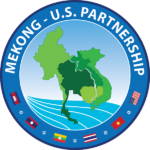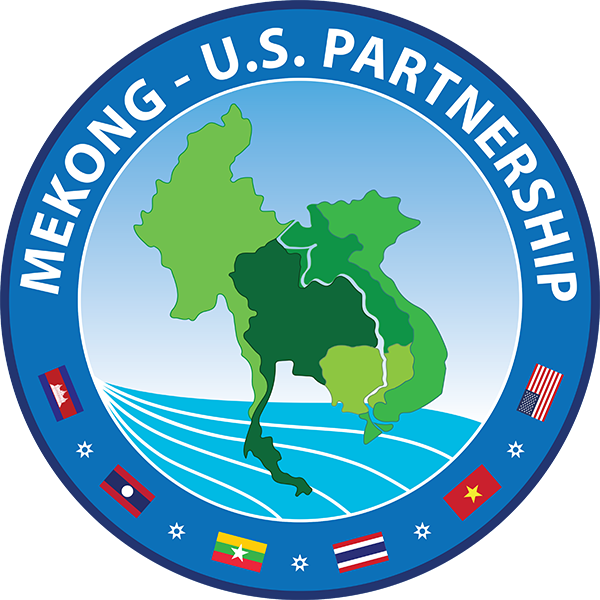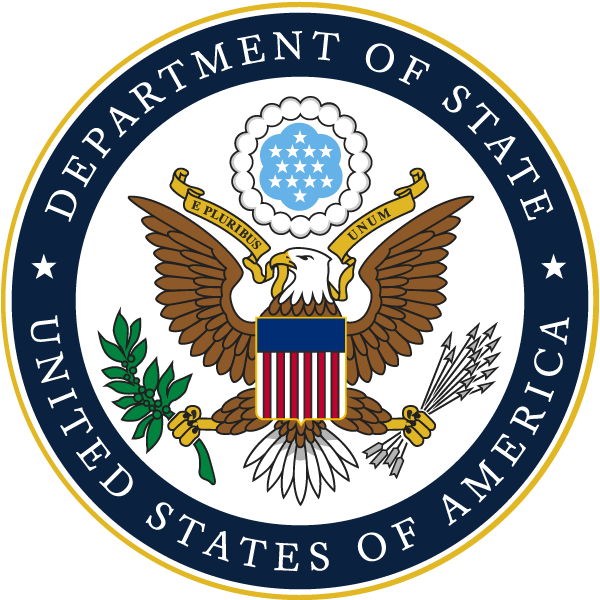Did you know:
- Thailand used 60 TW of power just to run air conditioning in 2020—but stricter energy efficiency standards could reduce this consumption by 20 to 30 percent?
- Cambodia’s hydropower production was curtailed by the Mekong drought in 2019-2020?
- Vietnam was a late starter in renewable energy, but feed-in tariffs helped install 9GW of rooftop solar capacity nationwide in a short time?
A webinar on 5 October, co-organized by the Sustainable Infrastructure Partnership (SIP) with the Stimson Center, noted these and other interesting facts, as they discussed how countries in the Mekong region can increase their use of clean energy while still meeting the rapid rise in electricity demand.
Apisom Intralawan and David Wood of Mae Fah Luang University, Thailand, spoke about their Economic and Environmental Assessment of Lower Mekong Countries Power Development Plans. Courtney Weatherby of the Stimson Center, US, presented her research on Lower Mekong Power Developments: Drought, Renewable Disruptions, & Electricity Trade. Other speakers highlighted achievements and opportunities to promote uptake of renewable energy in the different Mekong countries.
Speakers noted that the Mekong region has invested heavily in fossil fuels to power economic growth, but this is now changing as countries take into account the impacts of fossil fuels on climate change, and reconsider the potential of renewable energy sources. They highlighted several dynamics that are driving change, namely: the falling cost of renewable energy technologies; the availability of new energy storage technologies; and the impacts of drought on hydropower production.
Weatherby, deputy director of the Stimson Center’s Southeast Asia program, noted that prices of solar energy have fallen by more than 90% globally in the last decade, while wind energy prices have fallen by 65%. These price drops, she said, have placed renewables on a more competitive footing with electricity that is generated by traditional fossil fuels. She highlighted the potential of new energy storage technologies, including pumped hydropower and battery storage.
Speakers at the webinar discussed other opportunities to increase the share of renewables in the energy mix.
David Wood stated that strict energy efficiency standards for electrical appliances, and energy conservation measures, such as double glazing and insulation, would reduce the need for electricity consumption for space cooling.

Nguyen Linh Dan, Hanoi University of Science and Technology, reminded participants that renewable energy technologies also include biomass and waste-to-energy approaches, which, she noted, are relevant in Viet Nam as it is an agriculture-based society.
Phimsupha Kokchang, Chulalongkorn University, highlighted the potential of hybrid projects such as ‘floating solar’ projects that install solar power generation capacity in reservoirs connected with hydropower dams. Such facilities, he said, could take advantage of existing transmission grids, and would not affect the surrounding environment.
Apisom Intralawan emphasized that an alternative energy plan could avoid the environmental problems associated with coal, nuclear, hydropower, not only by increasing the uptake of renewables, but also by reducing transmission losses from the grid, and improving energy storage systems. His assessment of Lower Mekong countries’ power development plans, co-authored with Wood and Noah Kittner, estimates that embracing the alternative plan, in preference to ‘business as usual’ (BAU) energy development, will reduce costs to the region from US$250 to US$170, enabling massive savings.
Speakers at the webinar included representatives of USAID’s National Renewable Energy Laboratory, the ASEAN Smart Cities Network, and Asia EDGE (Enhancing Development and Growth Through Energy) fellows from the National Bureau of Asian Research. The event is one of several policy dialogues that the SIP program is offering to support governments of the Lower Mekong countries in the quest for sustainable development and wise use of the region’s resources.
Take part in another round of policy dialogues at the Mekong – US Partnership Track 1.5 Policy Dialogue on Energy and Infrastructure on October 19, 20, 22, and 26, 2021 from 8:30 AM – 11:40 AM ICT, organized by the Stimson Center and the International Union for Conservation of Nature (IUCN).

 Mekong - U.S. Partnership
Mekong - U.S. Partnership


